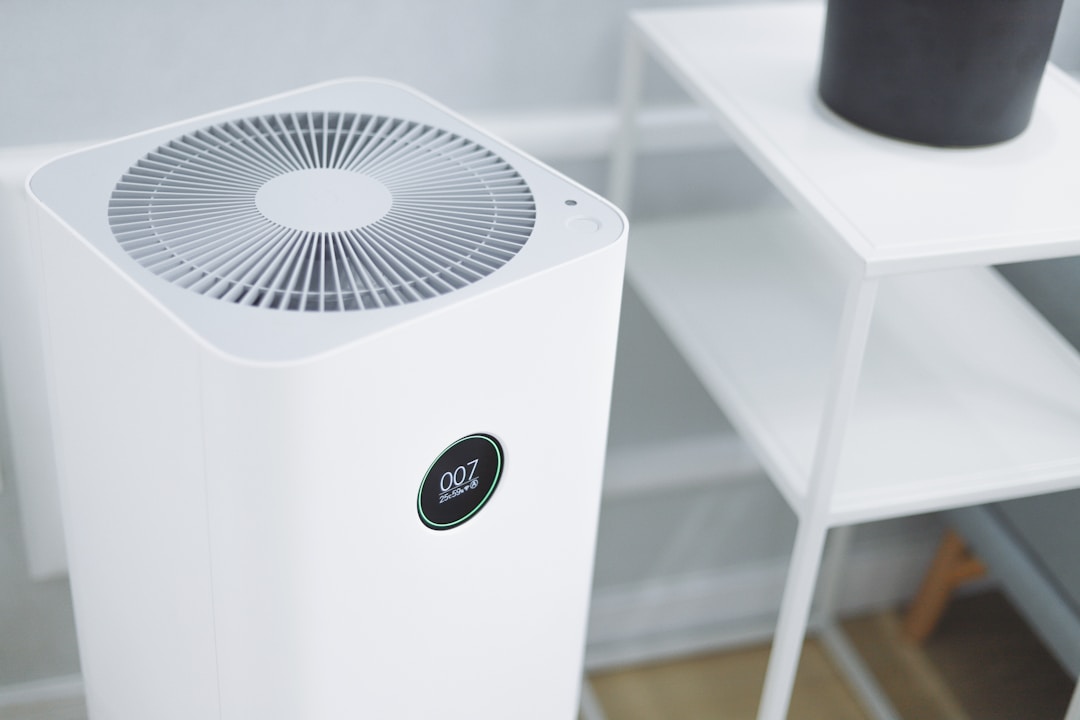Heating and cooling your home can be more complicated than some homeowners might expect. There are several different types of HVAC systems to choose from, and you can run into serious problems if you don’t stay on top of care and maintenance. Poor or obstructed airflow can be a major issue for any system, though it’s most common in systems that make use of ductwork. The good news is that there’s a lot you can do to improve airflow if you know what to do. Read on to find out who can tell you more about the effects of airflow on heating and cooling.
Who can tell you more about airflow in heating and cooling?

While a quick search for “airflow heating and cooling” can provide you with useful information, your local HVAC professional can talk to you more specifically about what changes you can make within your home. Airflow is one of the least discussed parts of your system, but it’s also one of the most important. Fortunately, there are a number of things you can do to improve your HVAC’s airflow, which can make a significant difference in your overall comfort at home.
First, make sure you don’t close registers or vents, even when you’re not using a room or don’t want it heated or cooled. Your equipment was designed for a particular amount of space, so restrictions can alter the load and affect the efficiency of your system. Turning on ceiling fans can also be beneficial. Sometimes, issues with poor airflow may require professional intervention, particularly if you need duct cleaning or repairs.
In some cases, the only solution may be to replace ductwork, or even the system itself. The average life span of an HVAC is between 10 and 15 years, so if you’re experiencing problems with a system that’s over a decade old, you may want to ask your HVAC technician about a replacement. Preventive maintenance is the best way to extend the life of your system, which includes having it inspected annually and changing the filter on a regular basis. You should change your filter at least once every 90 days, but many homeowners opt for monthly changes.
What else do you need to know about temperature control in your home?

There are a lot of ways to stay comfortable at home that don’t require the use of energy. Even though you have an HVAC, you can reduce the load on your system by doing what you can to maintain your preferred temperature through small changes or lifestyle adjustments. For example, your oven can raise the temperature in your home, so you may want to use it less when it gets hot. Keeping your windows closed is also a good idea, as it can let heated or cooled air escape from your home.
You should also take care to keep the rest of your home in good condition. Cracks and crevices in your windows can let in outdoor air, pests, contaminants, and moisture, all of which can pose risks to your health and safety. You should inspect all exterior windows before the season and make sure there aren’t any imperfections to be concerned about so that they can be caulked or sealed as soon as possible. If you observe severe damage, you may want to talk to a contractor about a professional repair or replacement.
As you can see, a lot goes into keeping your home properly heated and cooled. Your HVAC system is your first line of defense when it comes to maintaining a comfortable indoor temperature, which is why regular maintenance should be at the top of your to-do list. If your system isn’t operating efficiently, you may have problems with your system’s airflow. The best thing to do is call a technician to diagnose the problem immediately so you can avoid a more costly breakdown. Lifestyle adjustments and home repairs can also help your HVAC system keep your home at your ideal temperature all year long.













